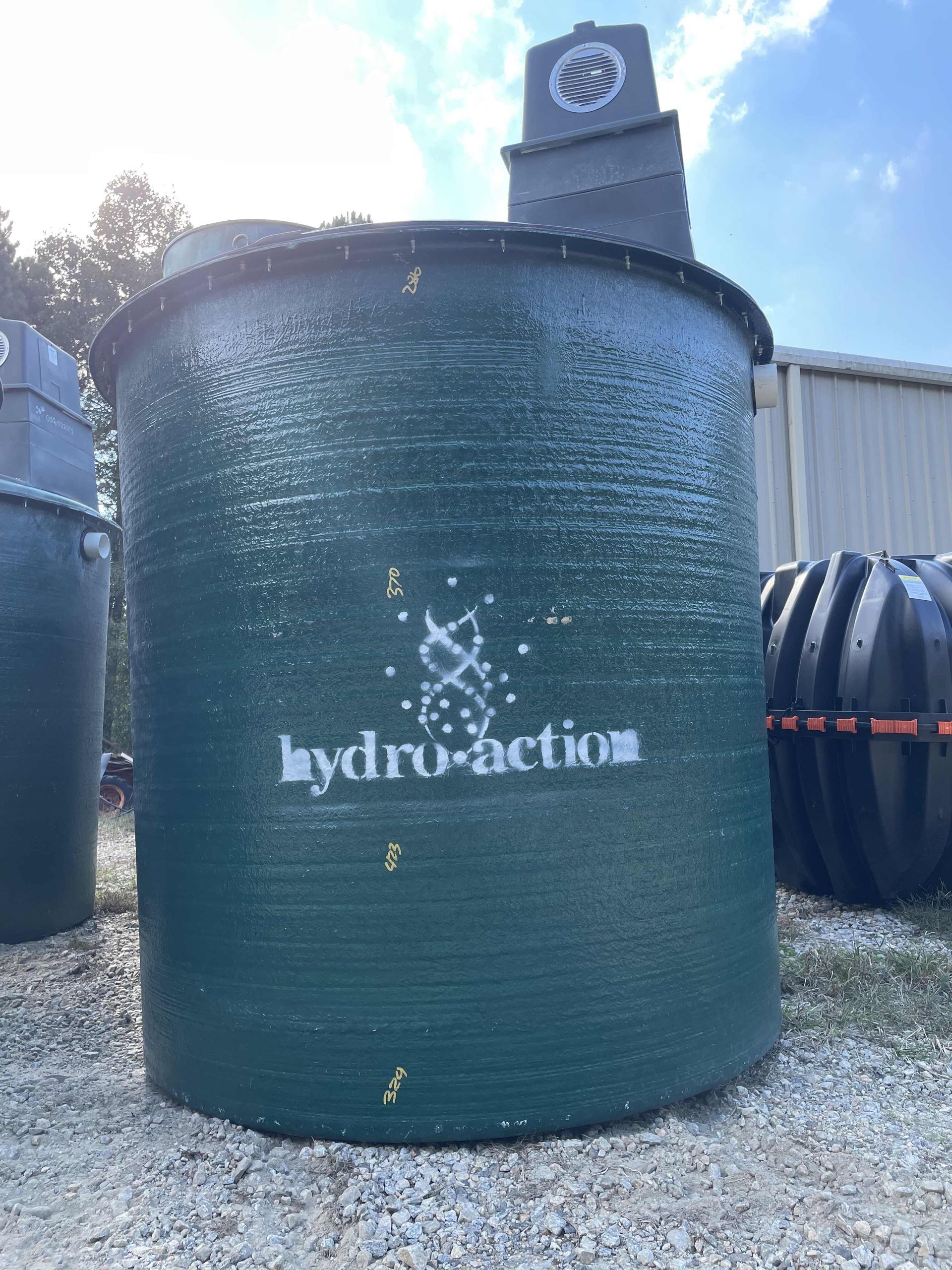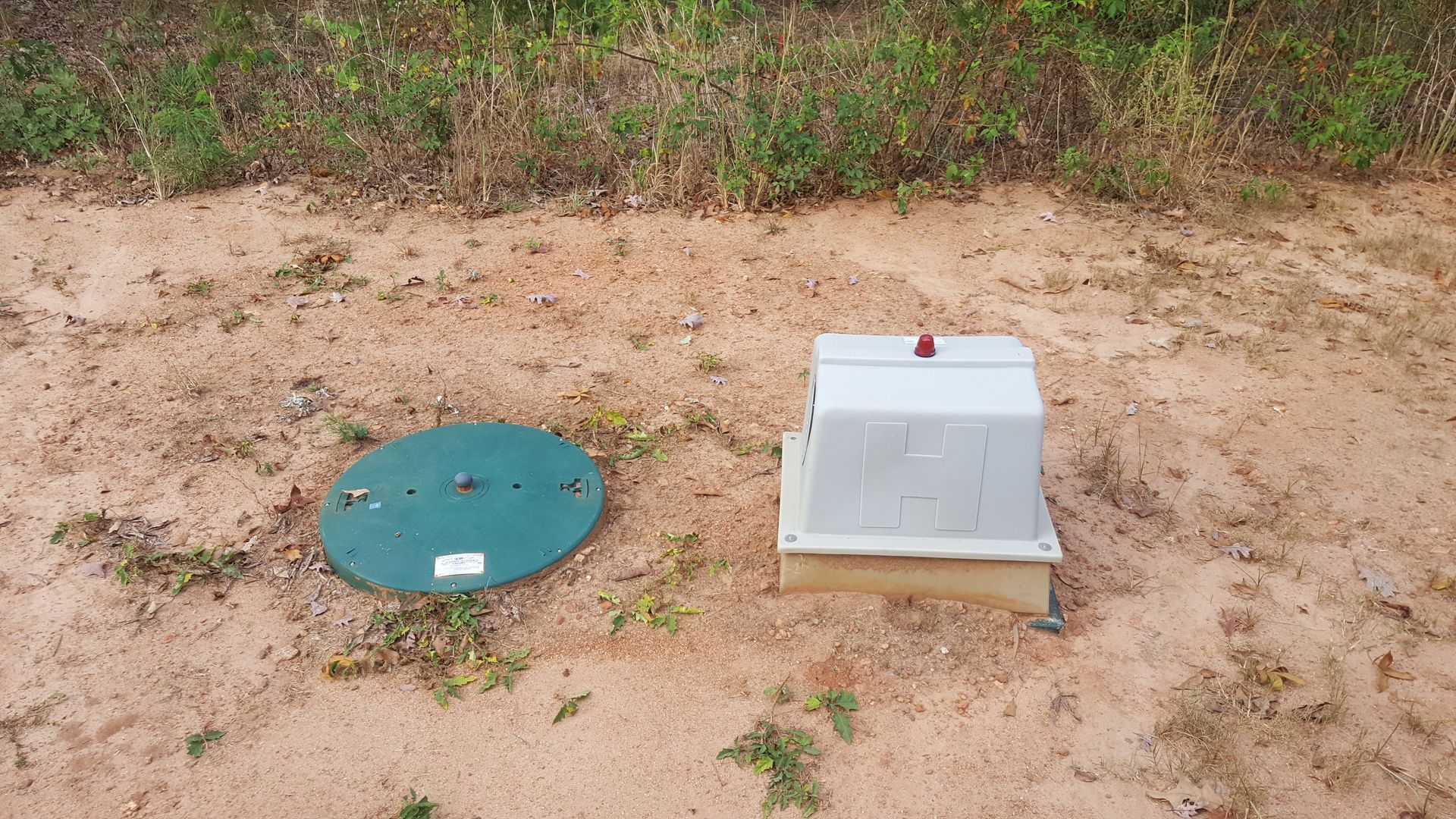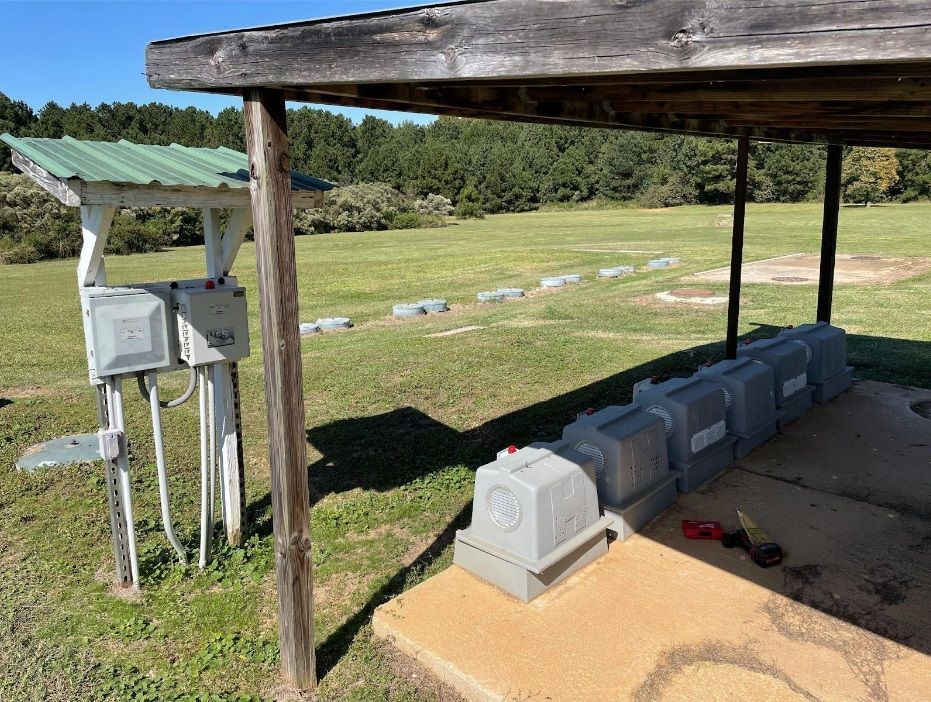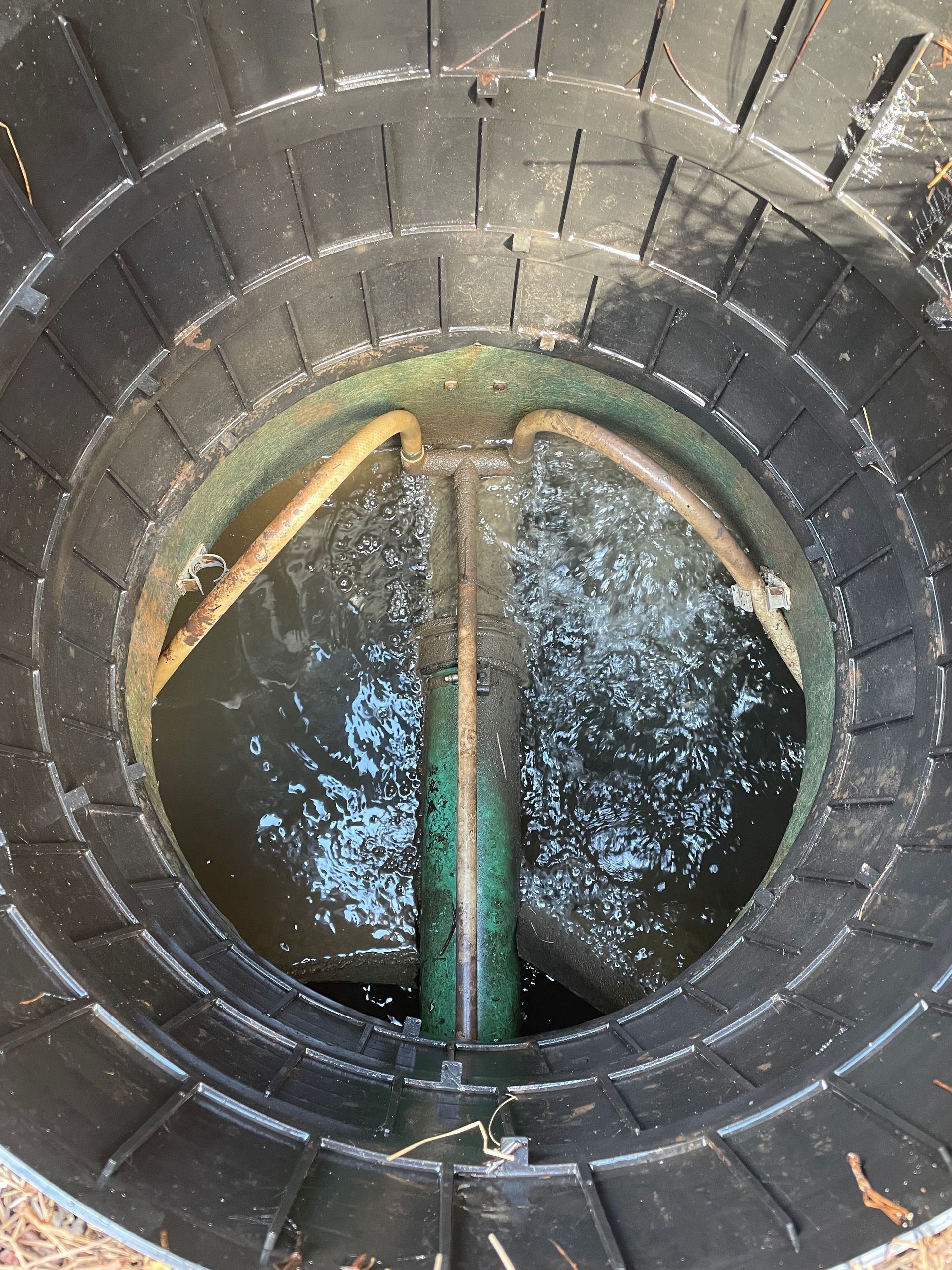Get in touch
404-788-3474
asmseptic@gmail.com
Email Us on: asmseptic@gmail.com
Call or Text: 404-788-3474
Anoxic vs. Anaerobic vs. Aerobic Wastewater Treatment
Differences Between Anoxic, Anaerobic, and Aerobic Wastewater Treatment Processes
In the complex world of wastewater treatment, several processes exist, each with its unique mechanism and functionality. Highlighting the integral role of microorganisms in waste degradation, we delve into the comprehensive exploration of Anoxic, Anaerobic, and Aerobic Wastewater Treatment.
These three methodologies, while interconnected, exhibit distinctive traits and operation principles. The essence of their individuality lies in the level of oxygen presence and utilization, ultimately influencing their efficacy, cost-effectiveness, and environmental impact.
As we navigate this complex terrain, we will come to understand not only the importance of each method, but also the ways in which they interrelate and contribute to the broader aim of efficient and sustainable wastewater management.
What Does "Anoxic" Mean?
Anoxic refers to a condition or environment where dissolved oxygen (DO) levels are too low to support the growth of aerobic microorganisms. In other words, anoxic wastewater treatment processes occur in environments with minimal or negligible oxygen concentrations. These processes involve the use of facultative bacteria, which can thrive in both aerobic and anaerobic conditions, to break down pollutants and organic compounds in wastewater.
What Role Do Anoxic Conditions Play in Wastewater Treatment?
Anoxic wastewater treatment plays an essential role in the removal of nitrogen—a key pollutant in wastewater—in a process called denitrification. During denitrification, bacteria known as denitrifiers convert oxidized forms of nitrogen, such as nitrates and nitrites, into nitrogen gas. This process helps minimize the risk of groundwater contamination, eutrophication in surface waters, and other harmful environmental consequences caused by excessive nitrogen levels in treated wastewater.
What Does "Anaerobic" Mean?
Anaerobic conditions describe environments or processes where oxygen is entirely absent. In anaerobic wastewater treatment, microorganisms called anaerobes break down pollutants and organic matter without using oxygen as an electron acceptor. Instead, they rely on alternative electron acceptors, such as sulfate, nitrate, and carbon dioxide.
What Role Does Anaerobic Treatment Play in Wastewater?
Anaerobic wastewater treatment is an advantageous option for handling high-strength wastewater with a high organic loading rate (OLR). It is commonly used in the treatment of industrial wastewater, such as from food processing, chemicals, and pharmaceutical industries, as well as in some residential septic systems. This treatment method offers several benefits, including:
1. Reduced Sludge Production:
Anaerobic treatment generates lower volumes of sludge compared to aerobic treatment, minimizing disposal costs and environmental impacts.
2. Energy Recovery:
Biogas, a renewable energy source mainly consisting of methane, is generated as a byproduct of anaerobic digestion. This can be captured and utilized for heat and power generation.
3. Lower Operating Costs:
Anaerobic treatment systems generally require less energy and fewer chemicals than aerobic systems, reducing operational expenses.
What Does "Aerobic" Mean?
Aerobic conditions refer to environments or processes in which there is a presence of sufficient dissolved oxygen. In aerobic wastewater treatment, aerobic microorganisms consume oxygen to break down and remove organic matter and pollutants from wastewater.
What Role Does Aerobic Treatment Play in Wastewater?
Aerobic wastewater treatment is widely used for residential and commercial wastewater treatment, including the treatment of domestic sewage and municipal wastewater. Aerobic biological processes effectively remove organic contaminants, such as suspended solids and dissolved pollutants, from wastewater. Some advantages of aerobic treatment include:
1. Efficient Organic Matter Removal:
Aerobic treatment processes offer high removal rates of organic matter and nutrients, providing a highly treated effluent suitable for discharge or reuse.
2. Odor Control:
Aerobic treatment systems generally produce fewer odorous byproducts compared to anaerobic systems, resulting in less unpleasant smells.
3. Flexibility:
Aerobic treatment systems can be designed in various configurations and scales, ranging from small home septic systems to large municipal wastewater treatment plants.
Choosing the Best System for Your Application
Selecting the best wastewater treatment method for your specific application depends on factors such as wastewater strength, organic loading, treatment efficiency requirements, available space, and costs. Some general guidelines for choosing between aerobic, anaerobic, and anoxic systems include:
1. For residential and small-scale commercial applications, aerobic treatment systems tend to be preferred due to their efficiency in removing organic matter and controlling odors.
2. Industrial applications with high-strength wastewater and high organic loading rates may benefit from anaerobic treatment, given its lower sludge production, potential for energy recovery, and reduced operational expenses.
3. For wastewater with high nitrogen concentrations, anoxic treatment processes can be employed to minimize nitrogen-related environmental concerns via denitrification.
Anaerobic-Anoxic-Aerobic Method (A2O Method) / Sludge Drying
The A2O method combines the benefits of anaerobic, anoxic, and aerobic processes within a single treatment system. This approach provides comprehensive wastewater treatment while optimizing energy efficiency, minimizing sludge production, and mitigating environmental impacts. In addition, sludge drying can be utilized as a post-treatment step to further reduce the volume and mass of sludge, making disposal easier and more cost-effective.
In conclusion, understanding the differences between anoxic, anaerobic, and aerobic wastewater treatment processes can help property owners make informed decisions about the most suitable wastewater management system for their specific needs. By carefully selecting the appropriate treatment technology, you can contribute to a cleaner and more sustainable environment for all.
Making the Right Choice for Your Wastewater Treatment Needs
As you consider which wastewater treatment method best suits your residential or commercial property's needs, it's vital to weigh the benefits and drawbacks of anoxic, anaerobic, and aerobic processes.
By understanding their distinctions, you can make an informed decision and contribute to a cleaner and more sustainable environment. At Alternative Septic Management, Inc., we specialize in
servicing aerobic treatment units (ATUs), offering expert guidance and support for your wastewater management system.
Don't hesitate to contact our team of dedicated professionals, who can help you navigate the complexities of wastewater treatment and ensure the optimal performance of your ATU system. Together, let's work towards a greener future for our communities and our planet.
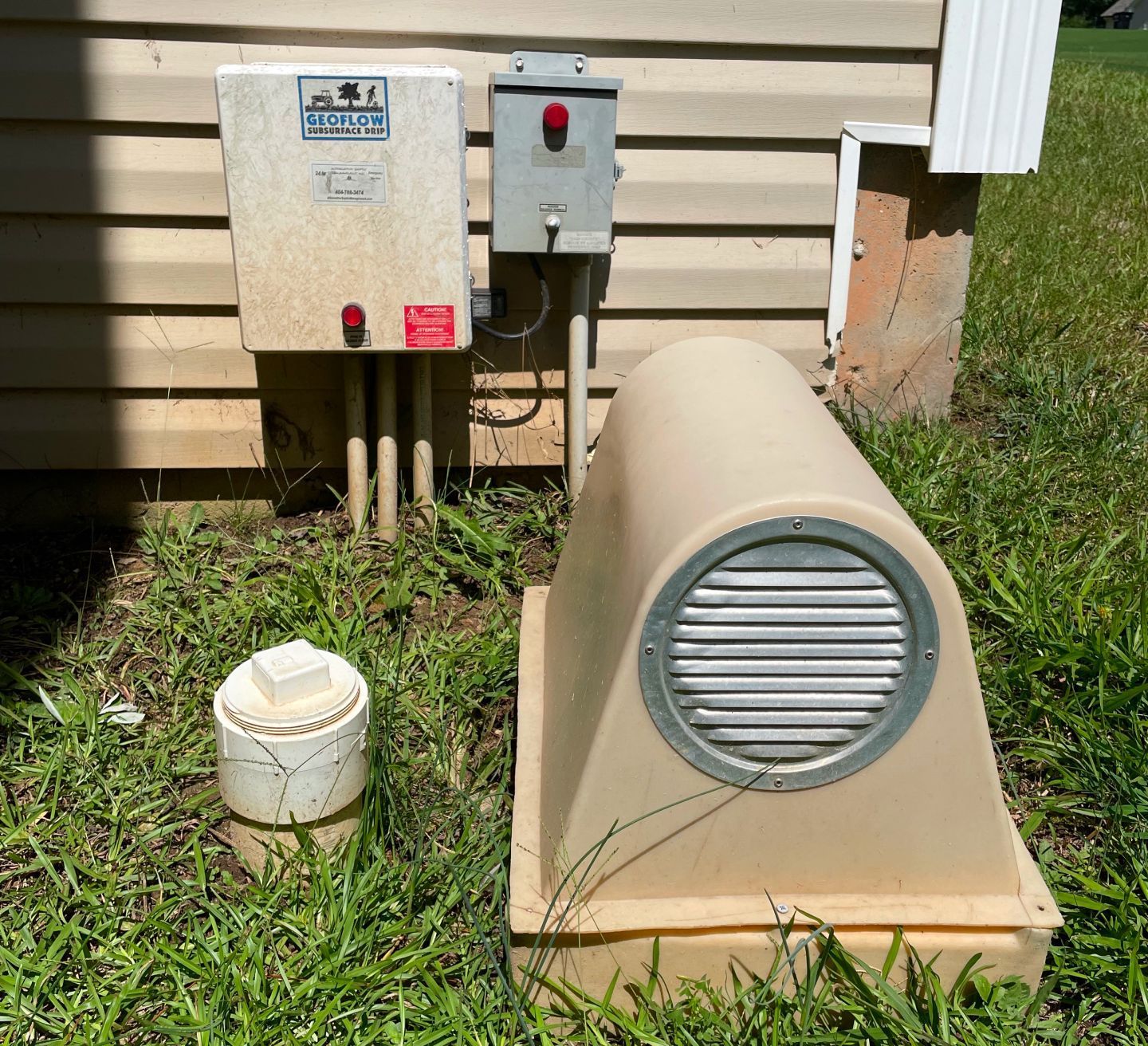

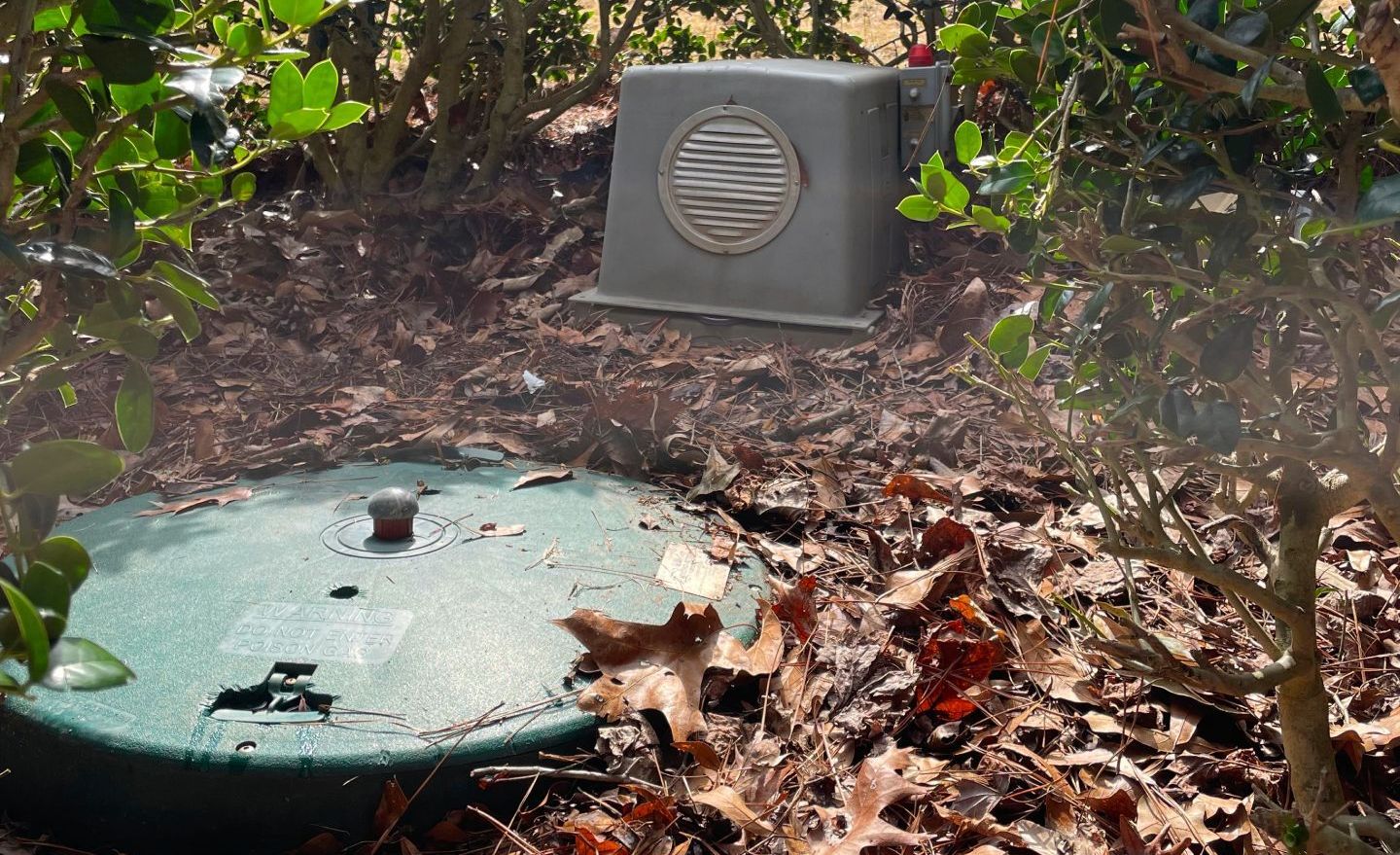


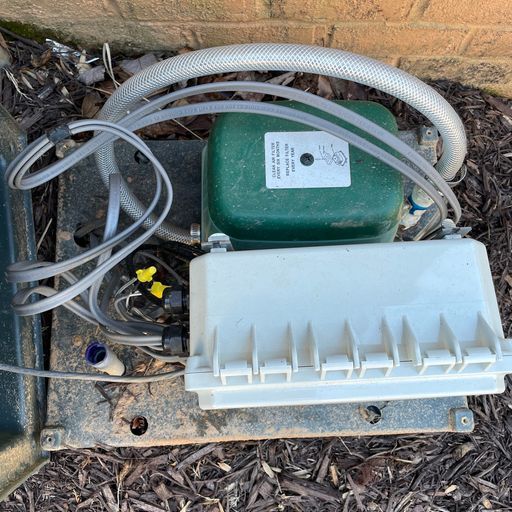
Alternative Septic Services For Residential And Commercial Systems Requiring Alternative Septic Systems.
Quick Links
Our Services
Septic Installation
Septic Repair
Septic Inspection
Air Compressor Maintenance
Pump Maintenance
Get In Touch
Mobile: 404-788-3474
Email: asmseptic@gmail.com
Address: 3295 Fannie Thompson Rd. Monroe GA 30656
Copyright 2025 © All Rights Reserved. Alternative Septic Management, Inc.

